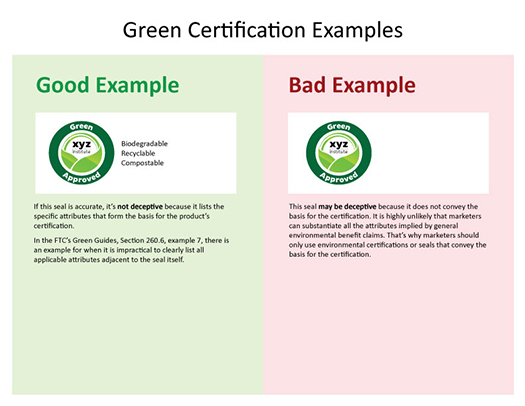"If your career plan involves caring for the planet, there’s good news. The U.S. Bureau of Labor Statistics projects job growth in many occupations related to helping the environment or conserving natural resources.
In fact, two of the occupations that BLS projects to have the fastest employment growth from 2020 to 2030, wind turbine service technicians (68% increase) and solar photovoltaic installers (52% increase), involve “green” work. However, as the data show, the total number of new jobs is projected to be relatively small in these and some other green occupations.

Each of these occupations had a median annual wage that was higher than the $45,760 median for all workers in 2021. The typical education required to enter these occupations varies.
Workers in green occupations focus on the environment in different ways. Wind turbine service technicians and solar photovoltaic installers, for example, build and maintain systems that create energy from sources that don’t become depleted. Other workers help to monitor the environment and investigate sources of pollution. Still others advise organizations or individuals on ways to protect and preserve natural resources.
 .."
.."
